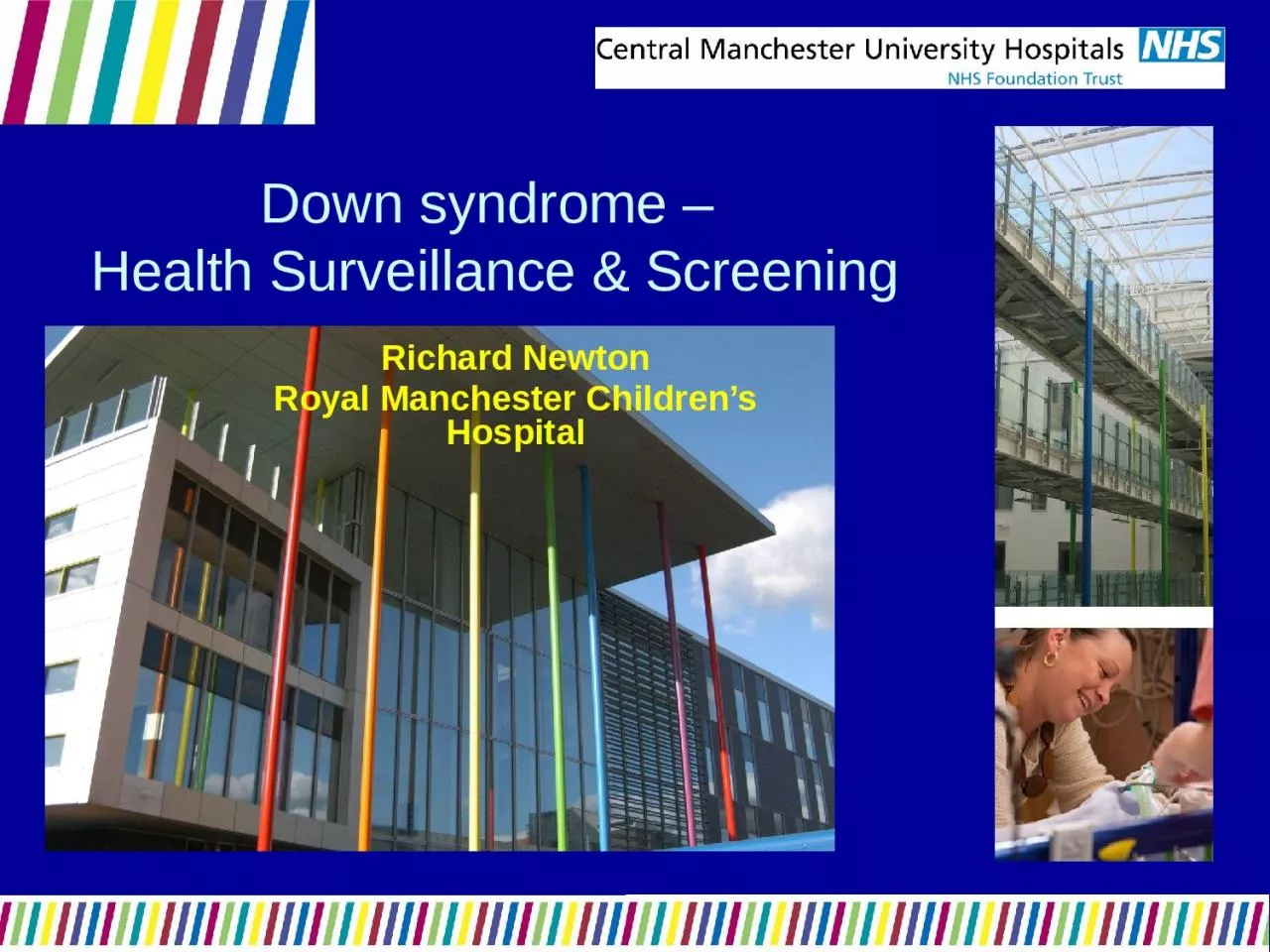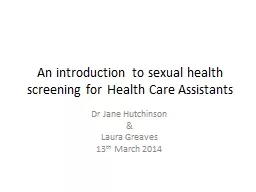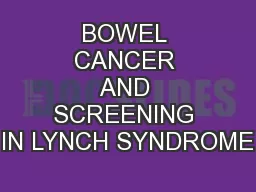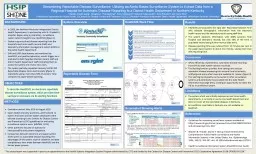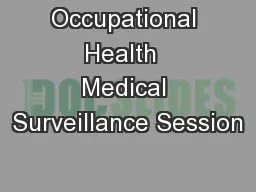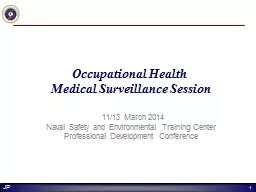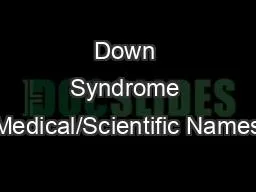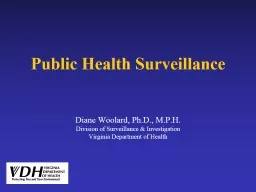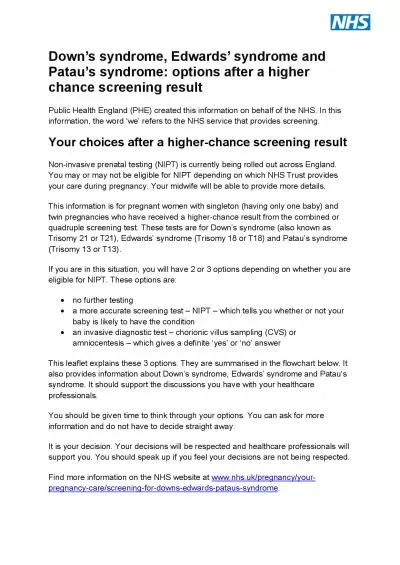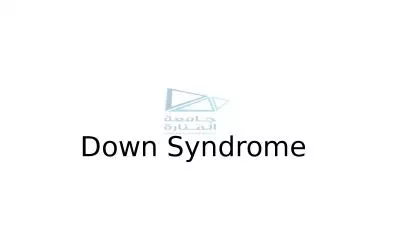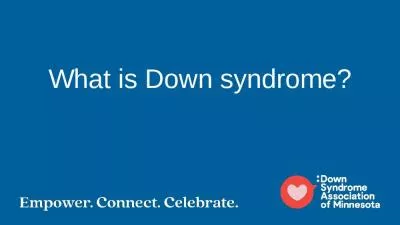PPT-Down syndrome – Health Surveillance & Screening
Author : layla | Published Date : 2022-06-07
Richard Newton Royal Manchester Childrens Hospital Dr Patricia D Jackson EDINBURGH HEARING Hearing Problems in Children with Downs Syndrome Common problem gt 50
Presentation Embed Code
Download Presentation
Download Presentation The PPT/PDF document "Down syndrome – Health Surveillance &..." is the property of its rightful owner. Permission is granted to download and print the materials on this website for personal, non-commercial use only, and to display it on your personal computer provided you do not modify the materials and that you retain all copyright notices contained in the materials. By downloading content from our website, you accept the terms of this agreement.
Down syndrome – Health Surveillance & Screening: Transcript
Download Rules Of Document
"Down syndrome – Health Surveillance & Screening"The content belongs to its owner. You may download and print it for personal use, without modification, and keep all copyright notices. By downloading, you agree to these terms.
Related Documents

